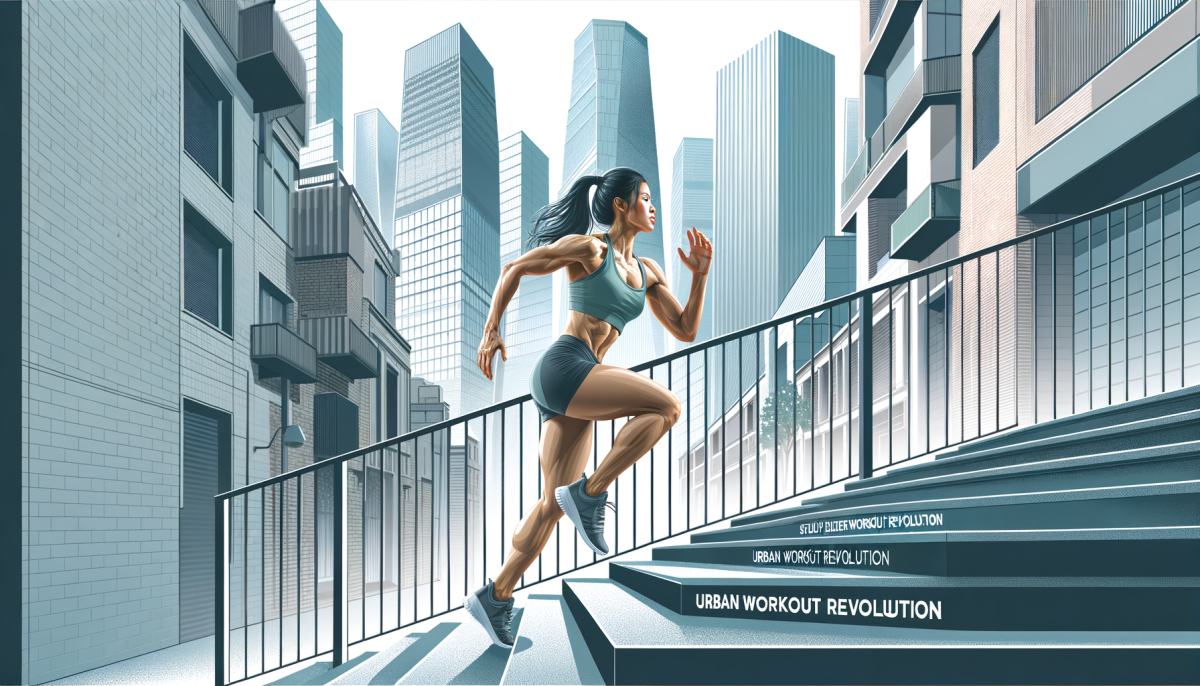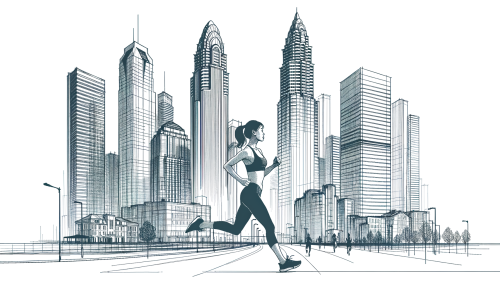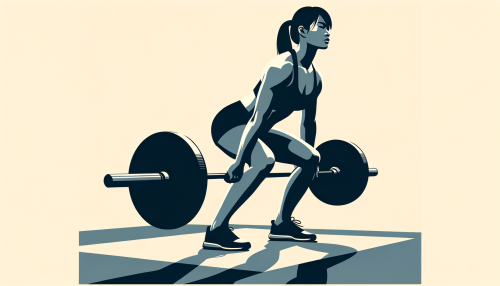Introduction
In the heart of the urban jungle, a new fitness trend is taking root, transforming the way city dwellers approach their workout routines. This trend is not centered around high-tech gym equipment or the latest fitness app, but rather a simple, ubiquitous feature of city life: stairs. Stair climbing, as a form of exercise, is rapidly gaining popularity, revolutionizing urban fitness in a way that is both practical and effective.
Urban Workout Trend

The urban workout trend is a response to the unique challenges and opportunities presented by city living. With limited space and time, city dwellers are constantly seeking innovative ways to incorporate fitness into their daily routines. Stair climbing fits perfectly into this urban lifestyle. It requires no special equipment or dedicated space, making it an accessible and convenient form of exercise.
Stair climbing is not a new concept. It has been a staple in athletic training for decades, used by athletes to build strength and endurance. However, its adoption as a mainstream fitness trend is a relatively recent phenomenon. This can be attributed to a growing awareness of the health benefits of stair climbing, as well as the rise of urban workout communities that promote and facilitate this form of exercise.
The urban workout trend is not just about physical fitness. It is also about community and connection. Stair climbing, in particular, fosters a sense of camaraderie among participants. Whether it’s a group of office workers taking a break to climb the stairs in their building, or a community event organized around a public stairway, stair climbing brings people together in a shared pursuit of health and wellness.
Benefits of Stair Climbing
Stair climbing offers a multitude of health benefits. It is a high-intensity workout that engages multiple muscle groups, including the glutes, quads, hamstrings, and calves. This makes it an effective way to build strength and tone muscles.
In addition to its muscle-building benefits, stair climbing is also an excellent cardiovascular workout. It raises the heart rate quickly, improving cardiovascular health and increasing endurance. Furthermore, it is a weight-bearing exercise, which means it can help improve bone density and prevent osteoporosis.
Stair climbing is also a highly efficient form of exercise. It burns more calories per minute than jogging or cycling, making it an effective way to lose weight and maintain a healthy body composition. Moreover, because it is a form of high-intensity interval training (HIIT), it can boost metabolism and continue to burn calories even after the workout is over.
Revolutionizing City Fitness
Stair climbing is revolutionizing city fitness by providing a practical and effective workout solution that fits seamlessly into the urban lifestyle. It turns the cityscape into a gym, utilizing the built environment in a way that is both innovative and sustainable.
This urban workout trend is also transforming the way we perceive and interact with our city spaces. Stairways, once seen as mere functional features, are now viewed as opportunities for exercise and social connection. This shift in perception is not only promoting health and wellness, but also fostering a sense of community and belonging among city dwellers.
Moreover, stair climbing is democratizing fitness by making it accessible to everyone, regardless of their financial means. Unlike gym memberships or fitness classes, stair climbing is free. It requires no special equipment or clothing, making it an inclusive and egalitarian form of exercise.
Conclusion
In conclusion, stair climbing is a powerful urban workout trend that is revolutionizing city fitness. It offers a multitude of health benefits, from building strength and endurance to improving cardiovascular health and bone density. Moreover, it is a practical and accessible form of exercise that fits seamlessly into the urban lifestyle. By turning the cityscape into a gym, stair climbing is not only promoting health and wellness, but also transforming our relationship with our urban environment.





